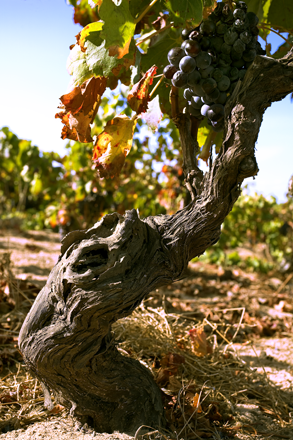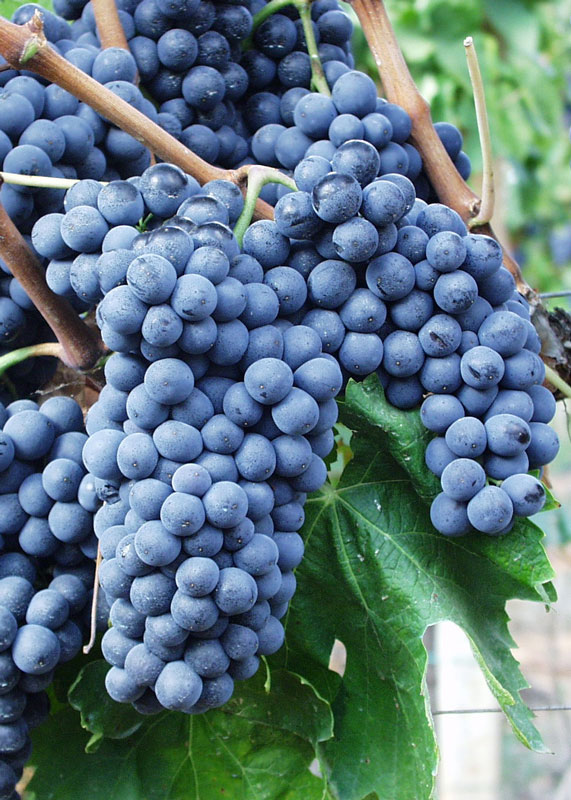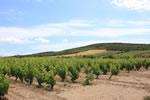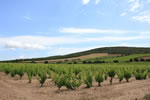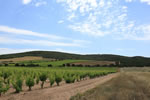In a noisy and changing wine world, safely secreted in the south-west of an island that seems to be increasingly removed from the normal dictates of time, the Carignano del Sulcis red grape encapsulates an incredible concatenation of factors capable of offering us deeply moving wines.
Forged by impetuous winds, warmed by a tireless sun and cosseted by sandy soils, over many decades or even a hundred years, these vine shoots have established relations of empathy and symbiosis with the land.
Generated by the most ancient Sardinian winegrowing traditions, the saplings rear up like a living extension of the soil, which appears to reciprocate with a paternal embrace, bestowing upon them the rarest of opportunities: to grow as ungrafted vines.
The result is a wine of fortifying structure, in terms of body, alcohol and perfumes. It expresses the heart of its origins with a clear richness of flavour entwined with an unmistakable finesse that increases over time: a sincere wine, with a breadth of flavour that engages the senses and takes the most varied tables by storm.

